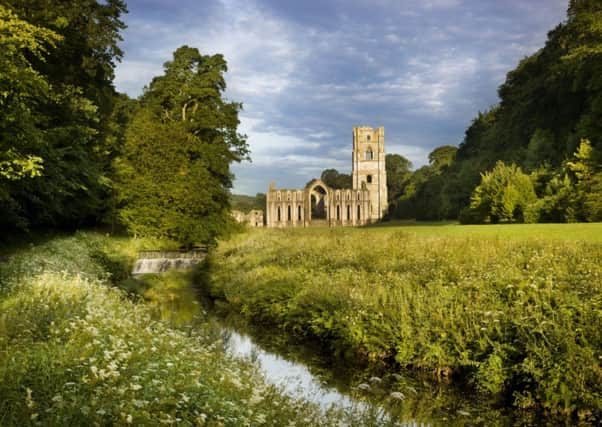Country & Coast: Fieldfares


This beautiful thrush usually begins to arrive in the balmy days of September, when small groups can be found cleaning hedgerows of their berries while swallows and house martins are still whizzing around overhead.
Yet this year fieldfares had been so slow to make an appearance in my usual haunts around Ilkley Moor and Upper Wharfedale that I began to think the mild autumn in northern Europe had made them stay in their Scandinavian breeding grounds.
Advertisement
Hide AdAdvertisement
Hide AdTo my relief, however, it was along the beautiful River Skell near Fountains Abbey in North Yorkshire that I finally saw my first fieldfares of the season.
It was a welcome sight with around 30 birds combing the ground for insects until they were disturbed by me. They relocated to the top of the field long enough to be admired through binoculars.
Their slate-blue head and rump, chestnut-red back and wings, yellow beak and orange-yellow breast streaked with black make them easily the most elegant of the thrush family.
This is a bird that looks especially great on Christmas cards, often perched on snowy branches while eating plump red berries.
Advertisement
Hide AdAdvertisement
Hide AdMonks in Durham are recorded as keeping them in cages in the 14th century so they may well have been kept at Fountains Abbey too. And according to John Mather’s excellent ‘The Birds of Yorkshire’ there is a record of them being sold for food in York as long ago as 1393 with a sign saying that the “price for twelve fieldfares be twopence.”
Sometimes they do arrive on these shores in huge flocks, and Mather recalls some 23,880 of them flying across Knaresborough during one day back in October 1972.
Curiously, they do not appear to be drawn to any particular habitat at such, especially later in the winter when all the berries are long gone from bushes and trees.
I have watched a number of their species at high water mark on the Holderness coast, picking for insects and small marine animals among the rejectamenta thrown up by the tide.
Advertisement
Hide AdAdvertisement
Hide AdAnd I have been amazed to encounter a large flock of fieldfares moving methodically across the somewhat barren Grassington Moor, settling for a few minutes to peck for insects before flitting on another few hundred yards to continue the process.
I have managed to get them down as a garden bird tick just once in the last 15 years - unsurprisingly during the severe cold spell that befell us in December 2009 when six birds made a sudden appearance to finish off the ripe cotoneaster berries.
Some fieldfares do apparently remain in England long enough to nest in the spring, and before anyone declares that this is another sure sign of climate change it should be pointed out that there is a record of them breeding near Hathersage, south-west of Sheffield, as long ago as 1921, and in South Yorkshire again in 1977.
It is always good to find new breeding species but I think most casual birdwatchers like me would find it pretty disorienting to see fieldfares in June. It would be like watching a swallow in December.